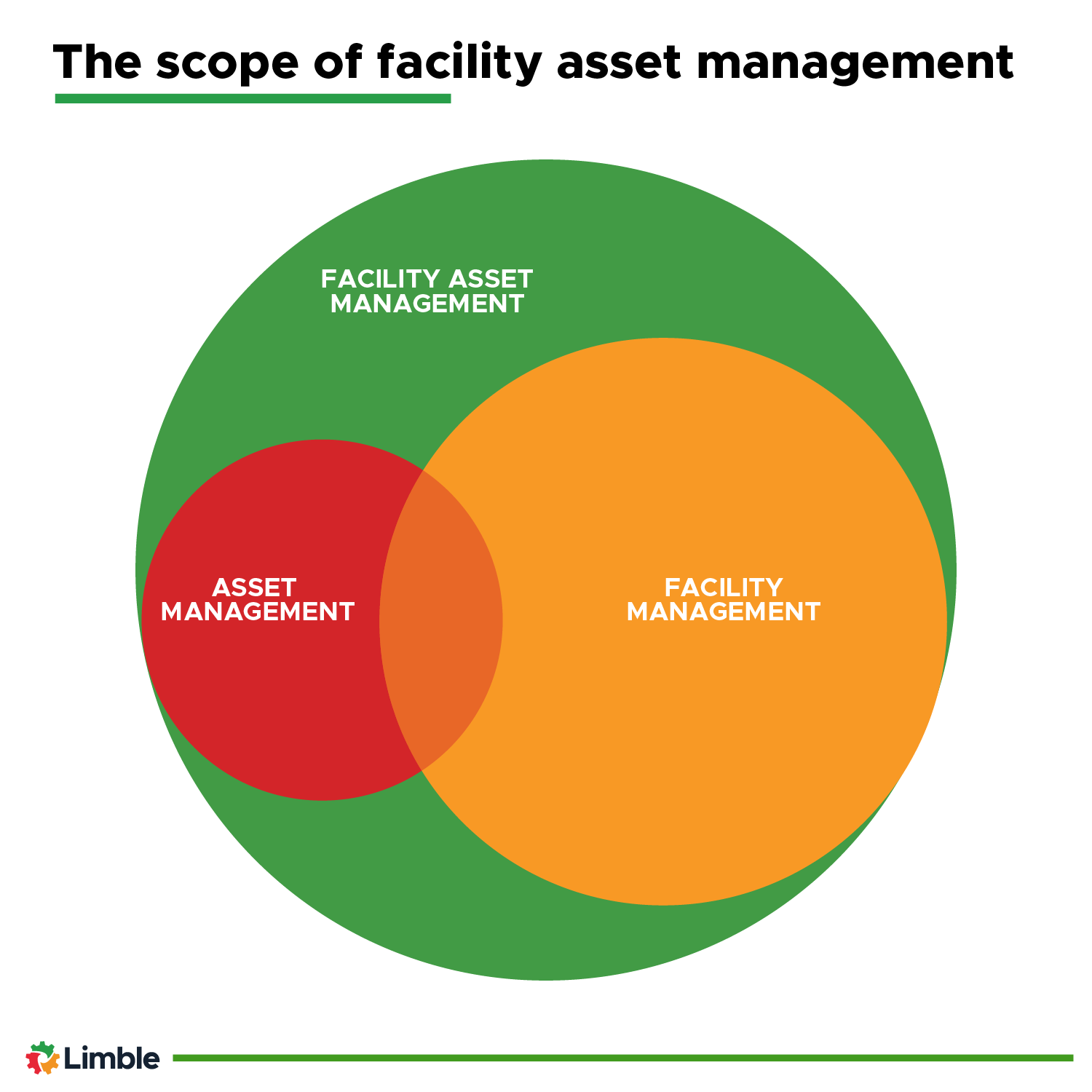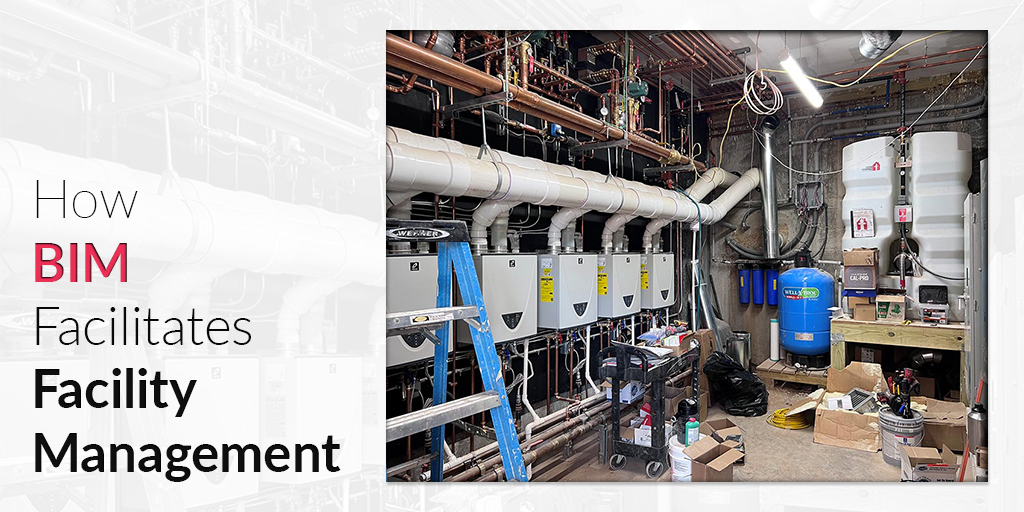Why Facility Management is Important for Property Durability
Wiki Article
The Crucial Guide to Center Administration: Strategies for Success
Facility administration plays an essential role in the total success of a company, acting as the foundation that sustains efficiency, efficiency, and safety and security. By using critical strategies such as incorporated technological remedies and promoting cross-departmental cooperation, organizations can dramatically enhance their functional structures. The nuances of effective center management extend beyond mere logistics and require a thorough understanding of both qualitative and quantitative metrics. As we discover these important strategies, a closer evaluation exposes exactly how they can change not just facilities, yet the very culture within an organization itself. What might these transformations resemble in method?Understanding Center Administration
What comprises effective facility management? Effective center monitoring incorporates the control of different organizational functions to make certain that developed environments are safe, efficient, and for efficiency. It integrates the concepts of company, design, and architecture monitoring to produce a seamless operational flow within a company.Crucial element of center administration consist of area planning, upkeep administration, and compliance with wellness and security laws. Space preparation concentrates on optimizing the use of physical resources to support business objectives, while upkeep administration guarantees that facilities are kept in optimum problem, making the most of life expectancy and minimizing operational expenses. Compliance with governing and lawful requirements is crucial, as it safeguards the company versus possible liabilities and enhances its credibility.
Furthermore, efficient facility management relies on the tactical use innovation, such as Structure Monitoring Systems (BMS) and Computer-Aided Facility Monitoring (CAFM) tools. These modern technologies help with real-time surveillance of structure systems and enhance upkeep procedures (Facility Management). Eventually, a comprehensive technique to facility monitoring not only promotes functional performance however also fosters a favorable setting for visitors and workers alike, driving overall organizational success

Secret Techniques for Optimization
Optimizing center monitoring calls for a critical method that lines up operational techniques with organizational objectives. To achieve this, the first key strategy is the execution of integrated technological remedies. Utilizing advanced software program systems enables real-time tracking of center operations, promoting data-driven decision-making and improving general effectiveness.Second of all, regular evaluations of center efficiency are essential. Carrying out routine inspections and audits makes it possible for center managers to recognize areas that need enhancement, guaranteeing that sources are alloted properly. This positive technique assists in lessening downtime and boosting solution shipment.
One more important approach is fostering collaboration throughout departments. By urging open communication between teams, center supervisors can better align their strategies with business goals, resulting in enhanced functional synergy. Furthermore, engaging team in training programs advertises a culture of responsibility and improves their capacity to contribute to optimization efforts.
Enhancing Safety Methods
Reinforcing safety procedures is essential for developing a safe environment within centers. An extensive security protocol not only protects employees and visitors yet likewise boosts operational performance. Facility Management. To attain this, facility supervisors have to conduct normal risk assessments to ensure and identify potential dangers that proper actions remain in locationAdditionally, clear communication channels need to be developed to report safety and security concerns promptly. This consists of creating an accessible system for employees to articulate potential risks or events without worry of reprisal. Additionally, leveraging technology can enhance precaution; for instance, carrying out surveillance systems and gain access to controls aids keep an eye on facility tasks and restrict unapproved access.
Finally, compliance with neighborhood regulations and industry criteria is non-negotiable. Regular audits and reviews of security protocols make certain placement with present regulations and ideal techniques. By prioritizing these strategies, facility managers can grow a society of safety that shields all stakeholders and inevitably adds to the company's success.
Improving Office Atmosphere
A favorable office environment dramatically boosts worker morale and performance, making it an important emphasis for facility management. To create such an atmosphere, facility supervisors need to prioritize several crucial aspects, consisting of comfort designs, visual appeals, and staff member interaction.Ergonomic factors to consider are important to minimize physical strain and pain. This involves offering adjustable furnishings, proper illumination, and ample area for motion. These changes can bring about lowered absence and boosted work complete satisfaction.
Appearances play a crucial duty in forming the work environment atmosphere. Utilizing color psychology, all-natural lighting, and greenery can promote a inviting and promoting environment. Attentively developed areas can increase creative thinking and improve total wellness.
Furthermore, urging worker interaction through comprehensive decision-making procedures can enhance the feeling of possession and belonging. Gathering feedback on office improvements and including staff members in the layout procedure can bring about a more customized environment that meets their requirements.
basics
Finally, advertising well-being initiatives, such as wellness programs and relaxation spaces, can additionally add to a supportive workplace culture. By focusing on these approaches, facility managers can efficiently improve the office environment, driving both staff member satisfaction and organizational success.
Determining Success in Facilities
Measuring success in center monitoring needs a detailed approach that reviews both measurable and qualitative metrics. Quantitative metrics generally consist of essential efficiency indications (KPIs) such as room usage rates, energy usage, maintenance prices, and occupancy degrees. These metrics give a clear photo of operational efficiency and monetary efficiency, enabling facility managers to recognize locations for renovation and standard versus sector requirements.Qualitative metrics, on the various other hand, concentrate on customer complete satisfaction and staff member involvement. Studies try this website and responses systems can evaluate how well the facilities meet the needs of occupants, assisting to assess the general workplace setting. This element is critical, as a pleased workforce is often linked to enhanced efficiency and retention rates.
To efficiently determine success, center managers ought to also take into consideration integrating modern technology, such as building administration systems and information analytics tools, to accumulate and examine appropriate data. On a regular basis evaluating both collections of metrics enables a more well balanced sight of efficiency and educates calculated decisions. Eventually, a successful facility monitoring technique pivots on a commitment to constant improvement, making sure that both operational efficiencies and individual fulfillment are prioritized.

Conclusion
In final thought, efficient facility administration is essential for boosting organizational performance. By implementing incorporated technological solutions, conducting routine analyses, and cultivating cooperation across divisions, organizations can accomplish ideal source allotment and operational effectiveness. Focusing on security protocols and improving office atmospheres better add to increased staff member contentment. Ultimately, determining success via both qualitative and measurable metrics permits continuous renovation, eventually resulting in minimized operational costs and an extra efficient organizational environment.Center management plays a crucial role in the general success of a company, offering as the foundation that supports productivity, efficiency, and security.Trick elements of facility administration include area planning, maintenance management, and conformity with health and link safety laws.Additionally, effective facility administration counts on the calculated use of technology, such as Building Administration Systems (BMS) and Computer-Aided Facility Monitoring (CAFM) devices. Ultimately, a comprehensive approach to center management not only advertises functional effectiveness but also cultivates a positive atmosphere for visitors and workers alike, driving general business success.
Ultimately, an effective center monitoring technique hinges on a dedication to continuous renovation, making certain that both functional efficiencies and user contentment are focused on.
Report this wiki page